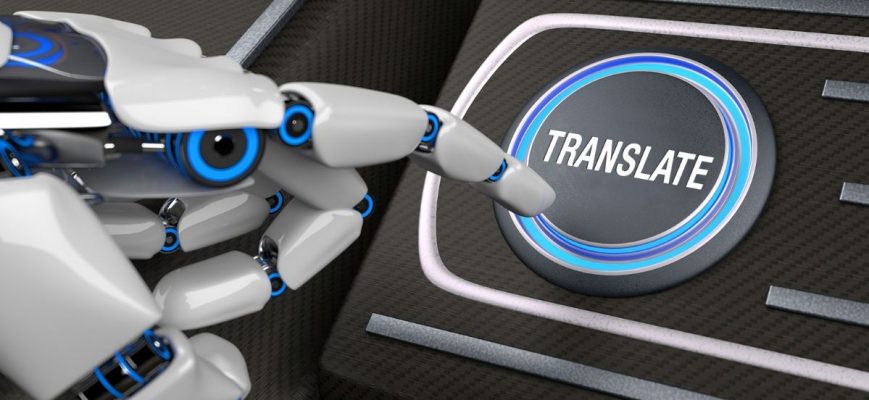Best practices to get a good Machine Translation
Machine translation (MT) is cheap, sometimes it’s even free, which makes it an attractive option for many clients. However, the truth is machines are not always capable of translating text accurately and correctly. While we would always recommend using a human translator or, at the very least, a human editor/reviewer; there are a few copywriting tips and tricks that you can try in order to make your machine translations more accurate.
Machines can best translate common words and phrases
Machine translations are usually performed by AIs, that build databases of words and phrases, and their usage. Therefore, the more common the word or phrase, the more likely it is the machine will be able to offer an accurate translation. So try to write in everyday language, keep your sentences short and simple. Be clear. Each sentence should not be longer than 20 words. If you have sentences that express different thoughts, try to break them so that only one thought is expressed in each sentence. Try not to use complex or unusual words and sentences.
Write your text clearly
Do not use idioms, colloquial expressions or slang. If the machine does not have these terms in it’s database, it will translate them literally! While this can be hilarious, it may not boost your sales. Avoid jokes and nuance — again, if they MT is not familiar (ie. if it hasn’t seen that joke before) it will translate literally.
Avoid ambiguity
Ambiguity is something that machines cannot handle well. So, it’s best to avoid using words that have multiple meanings. For example, instead of using the word “picture”, be more specific, and use photograph or painting. Consider too, regional terms, for example, instead of using the GB-English term film in your sentence, use the more international term movie in its place. Also, it is recommended that you minimise the use of words that end with an ‘ing’.
Double-check your spelling and punctuation
Wrongly spelt words can fool the machine! It may not correctly identify the word. If your sentences are not grammatically correct, the MT could misunderstand the meaning. Also, if your language uses accents, you need to make sure the correct accent marks are used.
Improper punctuation can also create confusion and may even change the meaning of the sentence. In fact, it’s often best to steer clear of complicated punctuation. As far as possible, you should remove parentheses and hyphens from your sentences. Also, do not use abbreviations and if they have to be used, then use them consistently.
Do not leave out important words
It sounds obvious, but you need to make sure you do not leave out any important words from your sentences! Many people make the mistake of omitting important words like that and which and who. While a human reader would, of course, understand what you meant, an MT may not.
Post-Editing Machine Translation
At Quicksilver Translate we also offer Post-editing machine translation, or PEMT — a blend of machine translation and human translation. As you can probably guess from the name, it involves an initial machine translation, followed by post-editing performed by a human translator/editor.
Post-editing can be light: correcting mistakes and reviewing some of the language choices, and making sure that the resulting text is comprehensible. Full post-editing goes much deeper, editing the text for accuracy, clarity, flow, as well as local resonance.
PEMT is a great option for bulk translations of fairly regular texts, without too much emotional or figurative language (think reports, manuals, some website content). It produces higher quality texts than machine translation alone, while remaining relatively fast and affordable.


